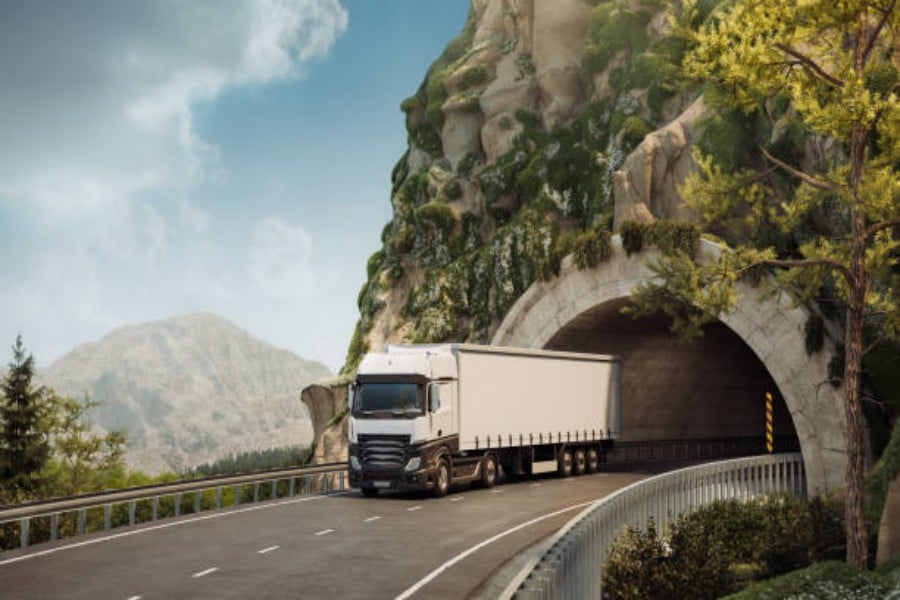A Cab Lift System is a mechanical system designed to lift cabs in high-rise buildings such as skyscrapers. It is used to transport people or goods from one floor to another. The system consists of a cab, a counterweight, guide rails, and a hoistway. Cab Lift Systems make vertical transportation possible, and they are crucial to the efficient function of high-rise buildings.
Design Elements of a Cab Lift System
Cab Lift Systems are made up of several parts that work together to ensure smooth and effective vertical transportation. Some of these parts include:
The Cab
The cab is a box-like structure that carries people or goods and moves up and down the hoistway. It is designed to be robust and durable, and it is equipped with safety features such as brakes and emergency systems.
The Counterweight
The counterweight is a weight that is used to balance the weight of the cab. It moves up and down the hoistway with the cab, and its weight is calculated to ensure the safe operation of the Lift System.
The Guide Rails
The guide rails are vertical tracks that the cab and the counterweight move along. They ensure that the cab moves in a straight line from one floor to another and prevents it from swaying.
The Hoistway
The hoistway is a vertical shaft that the cab moves up and down in. It is designed to be strong and durable and is equipped with safety features such as emergency stops and door sensors.
How Do Cab Lift Systems Work?
Cab Lift Systems work on a simple principle: the motor turns a pulley which moves the cab up or down. The motor is controlled by a computer that operates the hoistway doors, selects the appropriate cab and floor, and monitors the position of the cab and the counterweight. As the cab and the counterweight move up and down the hoistway, they are guided by the rails, ensuring that they move in a straight line.
Types of Cab Lift Systems
There are several types of Cab Lift Systems available in the market. These include:
Traction Systems
Traction systems use a motor to drive a sheave that moves the cab up and down the hoistway. They are popular because they are efficient and can move heavy loads.
Hydraulic Systems
Hydraulic systems use a pump to move oil into a cylinder which lifts the cab and the counterweight. These systems are ideal for low-rise buildings and have the advantage of being relatively simple.
Advantages of Cab Lift Systems
Cab Lift Systems offer several advantages, which include:
Efficiency
Cab Lift Systems offer efficient and quick transportation solutions in high-rise buildings. They transport people or goods from one floor to another quickly and safely.
Convenience
Cab Lift Systems offer convenience to the occupants of high-rise buildings. They eliminate the need to walk up and down the stairs and make it easy to transport heavy goods.
Accessibility
Cab Lift Systems make high-rise buildings accessible to people with disabilities. They provide an easy and safe means of vertical transportation for people with mobility impairments.
Challenges of Cab Lift Systems
Despite their many advantages, Cab Lift Systems face some challenges, which include:
Cost
Cab Lift Systems can be expensive to install and maintain, especially in older buildings. Retrofitting existing buildings with Cab Lift Systems can be challenging and costly.
Downtime
Cab Lift Systems require regular maintenance and repairs. In case of breakdowns, the system can be out of service for several hours or even days, causing inconvenience to the occupants of the building.
The Future of Cab Lift Systems
Cab Lift Systems have evolved rapidly over the past few decades, and the future looks promising. New technologies such as the use of sustainable energy sources and the integration of smart systems are likely to make Cab Lift Systems more efficient, cost-effective, and reliable.
Conclusion
Cab Lift Systems are an essential component of modern high-rise buildings. They provide efficient and safe vertical transportation solutions for people and goods, making it possible to construct taller and more complex structures. The success of Cab Lift Systems relies on their design elements, functionality, and reliability, making them a crucial technology in the construction and maintenance of high-rise buildings.

